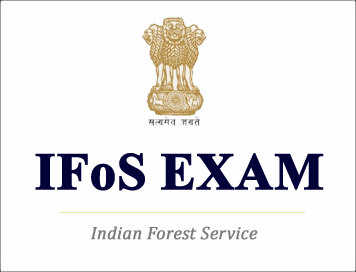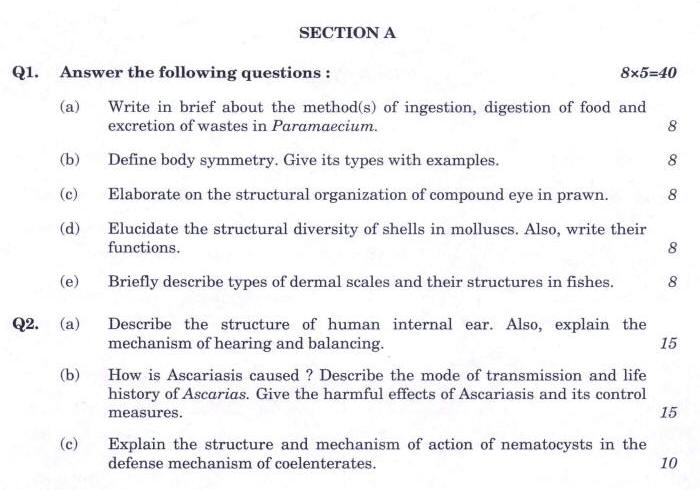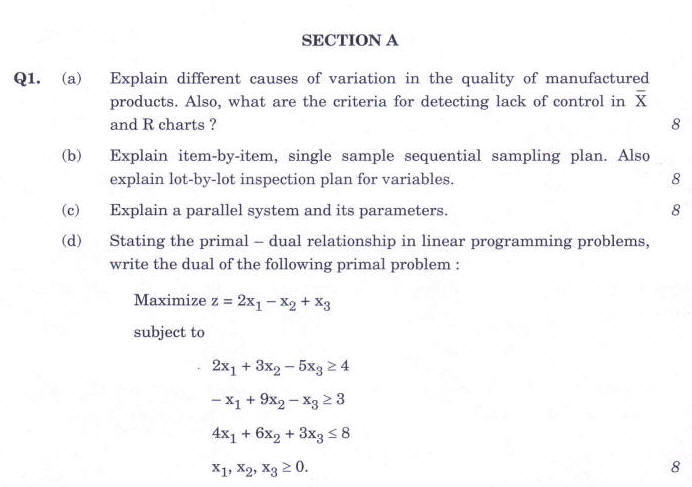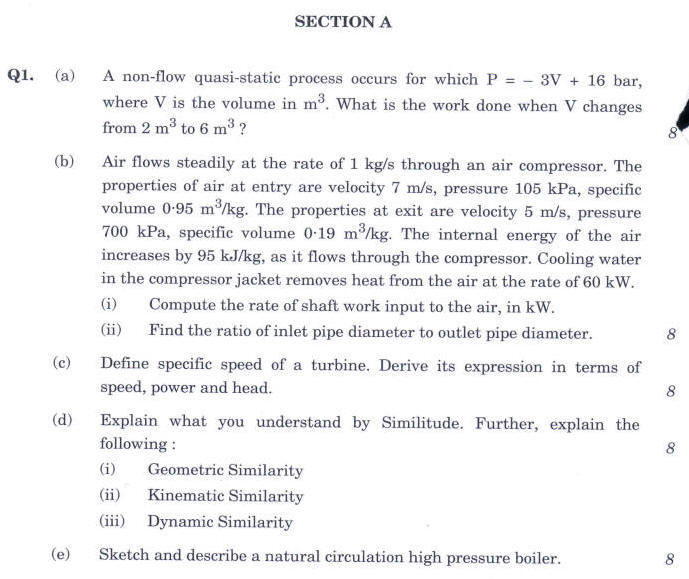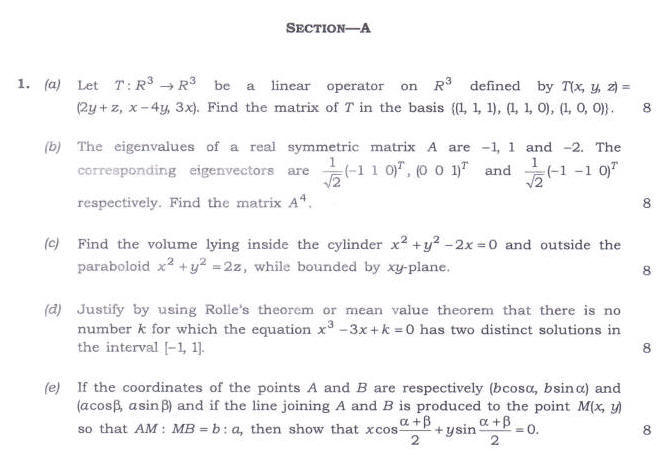Making capital out of political rivalry
(The Hindu)
Mains Paper 2: Governance
Prelims level: Sivaramakrishnan Committee
Mains level: Recommendation made by Sivaramakrishnan Committee of formation of
Andhra Pradesh Capital
Context:
- Andhra Pradesh Chief Minister Y.S. Jagan Mohan Reddy has hinting at the
establishment of three capitals, citing the South Africa.
- Mr. Reddy has announced in Andhra Pradesh Assembly about having
Amaravati, Visakhapatnam and Kurnool as the legislative, executive and
judicial capitals respectively.
Wait for a capital:
- Such a move by Mr. Reddy would mean that people of Andhra Pradesh have
to wait for more time to realise their dream of having a place that could be
called a capital.
- When the Telugu-speaking Andhra State was carved out of the composite
Madras State in 1953, Kurnool was made the capital and many people had to
move out of the then-Madras city.
- Three years later, in 1956, the erstwhile Hyderabad State was merged
with the Andhra State, including Rayalaseema, to form Andhra Pradesh with
Hyderabad as capital.
Role of Sivaramakrishnan Committee:
- Sivaramakrishnan Committee, constituted by the Central government to
suggest choices for the capital, did not favour one ‘super-capital’ and
pitched for decentralised development.
- But, the panel also never said that there should be a string of capitals
across the State as is being interpreted now. Perhaps, it was for this
reason that the government went in for a fresh committee headed by former
IAS officer G.N. Rao to get a report in sync with its thinking.
- It came as no surprise that the committee’s report had all the points
made by Mr. Reddy in the Assembly, two days earlier!
- This committee suggested that Andhra Pradesh should have a High Court in
Kurnool, with a bench each in Visakhapatnam and Amaravati; and an Assembly
in Amaravati, which also conducts a few sessions in Visakhapatnam.
- The proposal promises to be a logistical nightmare with officials
frequently having to hop from one city to another.
Naidu’s vision and fallacies:
- Mr. Naidu had dumped the Sivaramakrishnan Committee report and its
objections to locating the capital in the
Vijayawada-Guntur-Tenali-Mangalagiri stretch of land — a fertile stretch.
- He bulldozed the panel’s warnings and went ahead to build a ‘dream
capital’ at the very place.
- Mr. Naidu’s vision was that of a capital as grand as Singapore or any
other contemporary capital city with characteristics like iconic public
buildings and multiple cities within a city.
- Mr. Naidu wanted the capital to be a robust growth engine that would
attract investments, promote tourism and create innumerable jobs, like
Hyderabad closer home, Bengaluru and Mumbai.
- Through Amaravati, Mr. Naidu thought his name would remain etched in
public memory forever.
- In hindsight, Mr. Naidu seems to have gone for an overkill, pooling in a
whopping 33,000 acres for the capital and taking his own sweet time to draw
a master plan, for which he paid a heavy price and lost badly in the
election.
- There is also a charge made by YSRCP leaders that lot of ‘insider
trading’ happened and Mr. Naidu’s supporters benefited.
Conclusion:
- To leaving aside Amaravati’s scale and size, a centrally located capital
has already come into existence with the completion of Secretariat, Assembly
and High Court buildings.
- Should not a government that appears to be sensitive to extravagant
public expenditure capitalise on this infrastructure, instead of creating
something new in various cities at an enormous cost?
- At a time when political rivals of conflicting ideologies have come
together to form a government in a neighbouring State based on a Common
Minimum Programme, is it too much to expect something like CMP on a capital
city?

